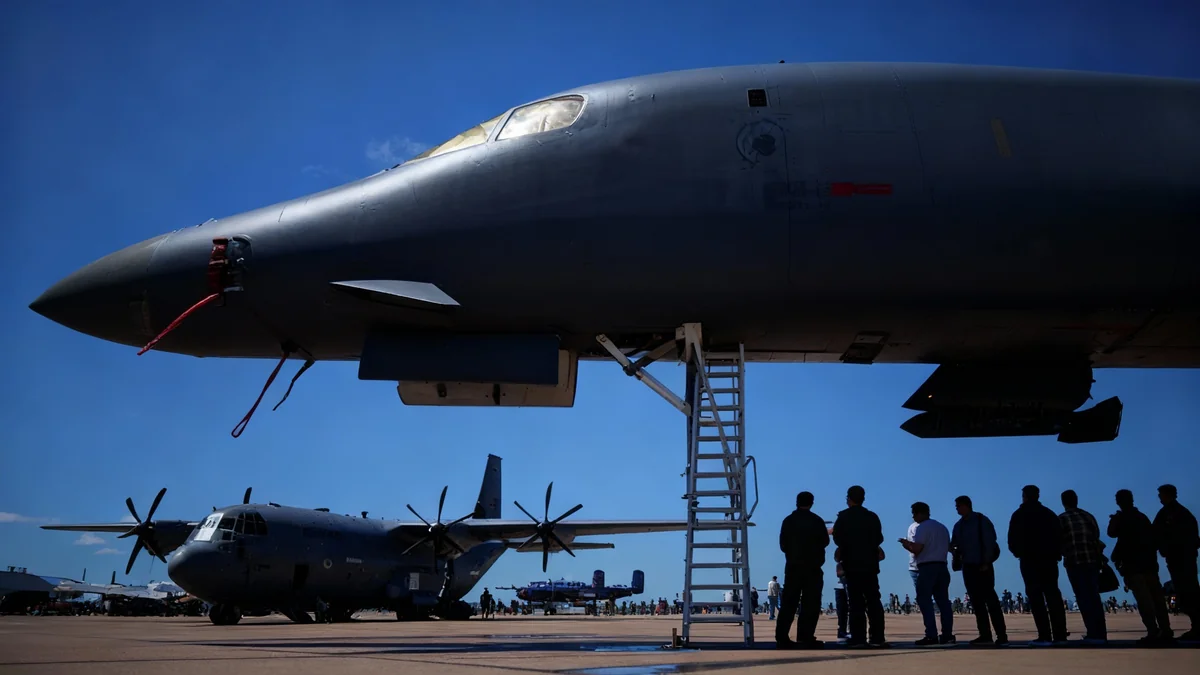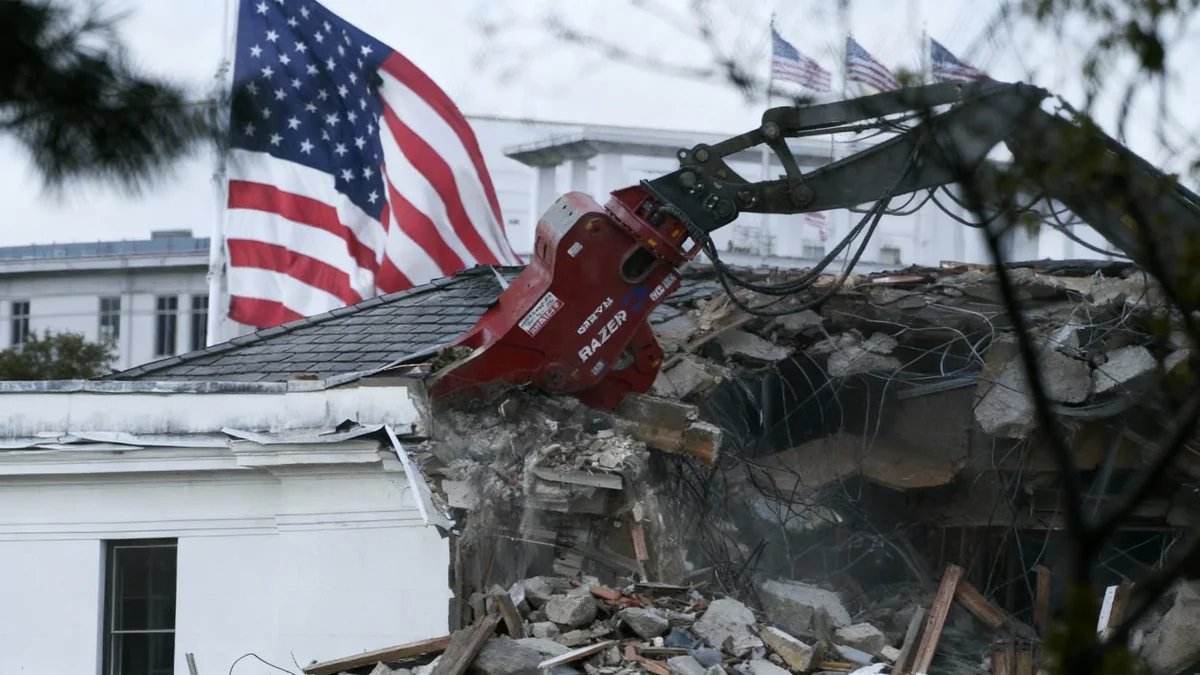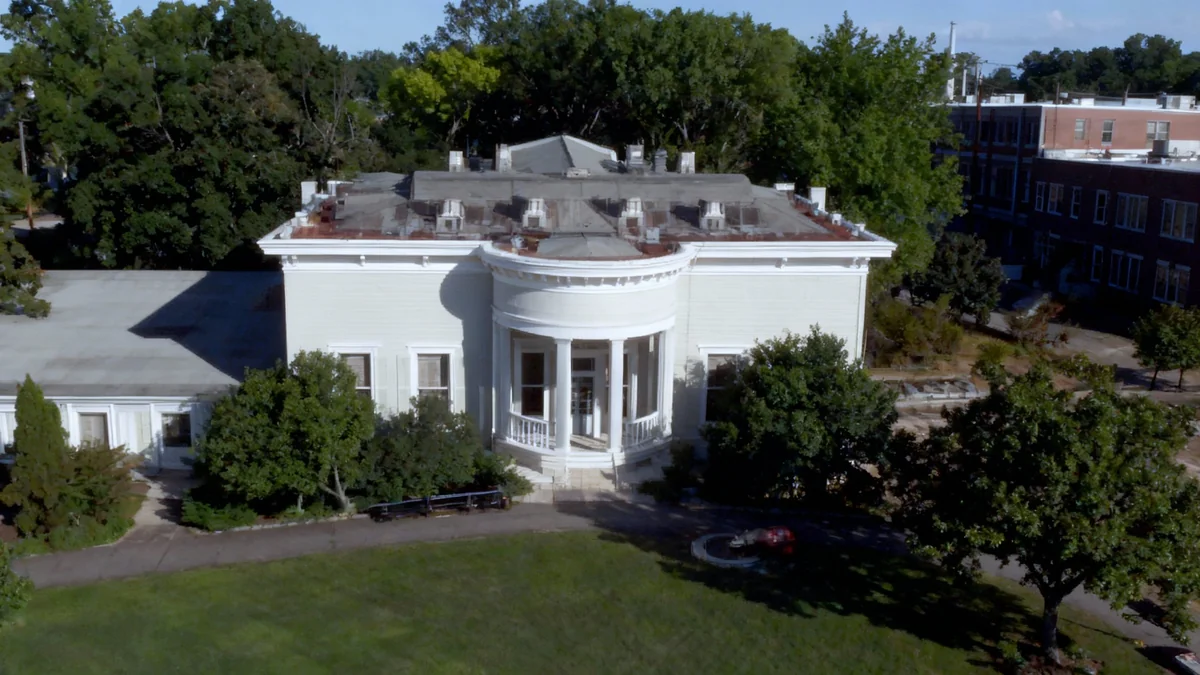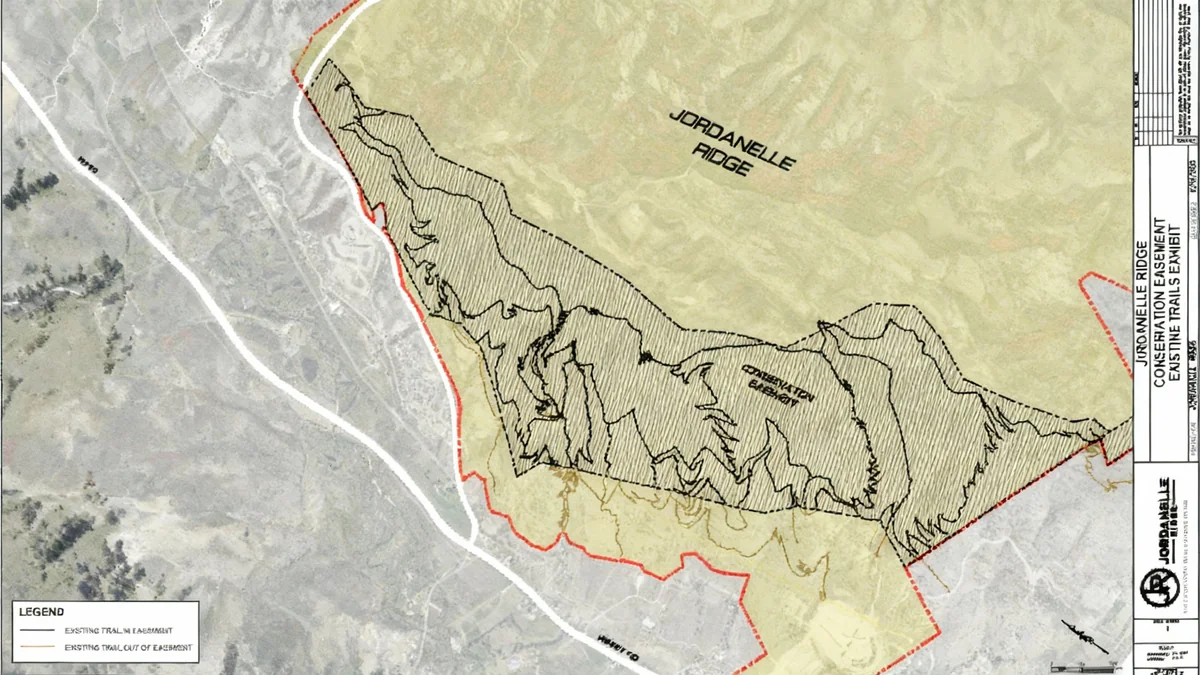Two United States Air Force B-1 bombers conducted a flight in international airspace near Venezuela on Thursday, according to two U.S. officials. The long-range strategic bombers, which originated from a base in Texas, performed the operation as part of what is being described as an ongoing effort to apply pressure on the government of Nicolás Maduro.
The mission introduces a significant military element into the diplomatic standoff between Washington and Caracas. However, when questioned about the operation, President Donald Trump denied that the flights had taken place, creating a degree of confusion around the administration's official position.
Key Takeaways
- Two U.S. Air Force B-1 bombers flew a mission in international airspace near Venezuela.
- The operation is reportedly part of a strategy to pressure Venezuelan President Nicolás Maduro.
- The aircraft, based at Dyess Air Force Base in Texas, are capable of carrying large non-nuclear payloads.
- President Trump publicly denied that the bomber flights occurred.
A Message Sent Through the Skies
The flight path of the two B-1 bombers brought them into proximity with Venezuelan airspace, a deliberate move intended to be observed. Officials, speaking on the condition of anonymity because they were not authorized to discuss operational details, confirmed the mission's purpose was to signal American military reach and resolve.
This type of operation, often termed a Bomber Task Force mission, is used by the Pentagon to demonstrate the U.S. military's ability to project power globally at short notice. By flying the aircraft from their home base in the continental United States, the Air Force showcases its strategic, long-range capabilities without needing to forward-deploy assets.
Background: US-Venezuela Relations
Tensions between the United States and Venezuela have been high for years. The Trump administration has been a vocal critic of Nicolás Maduro's government, imposing sanctions and supporting opposition figures. This military flight represents a non-combatant but clear escalation in the pressure campaign aimed at forcing a political transition in the South American nation.
The choice to use bombers, even in international airspace, is a significant gesture. It is a method of communication directed not only at the Venezuelan government but also at other international actors with interests in the region. The flight serves as a reminder of the military options available to the White House.
The B-1 Lancer: A Formidable Aircraft
The aircraft used in Thursday's mission were Rockwell B-1 Lancers, a cornerstone of the U.S. long-range bomber fleet. Deployed from Dyess Air Force Base in Abilene, Texas, these planes are known for their speed, range, and immense payload capacity.
Unmatched Conventional Firepower
According to the Air Force, the B-1 Lancer can carry up to 75,000 pounds of both guided and unguided munitions. This represents the largest conventional payload of any bomber currently in the U.S. inventory, distinguishing it as a powerful tool for conventional warfare scenarios.
While the B-1 was originally designed for nuclear missions, it was converted to exclusively conventional combat roles in the 1990s. Its ability to fly at supersonic speeds and carry a diverse mix of weapons, including long-range cruise missiles and precision-guided bombs, makes it a highly flexible and intimidating military asset.
The deployment of such a capable platform, even for a non-aggressive fly-by, underscores the seriousness of the message being conveyed. Military analysts note that using the B-1 is a clear demonstration of capability and intent, far more potent than deploying smaller, tactical aircraft.
Conflicting Signals from Washington
Adding a layer of complexity to the situation, President Trump's public statements directly contradicted the information provided by military officials. When asked by reporters at the White House about the bomber flights near Venezuela, the president unequivocally denied they had occurred.
This public denial has raised questions about the administration's internal coordination and its strategic messaging. It is unclear whether the president's remarks were an attempt to de-escalate the situation publicly, a deliberate tactic of misdirection, or the result of a communication breakdown within the government.
The discrepancy between the Pentagon's actions and the President's words creates an ambiguous diplomatic signal. While the military operation sends a message of strength, the denial could be interpreted in various ways by both allies and adversaries.
Such inconsistencies can complicate diplomatic efforts. For the Venezuelan government, it may be difficult to gauge the true intent and seriousness of the U.S. posture. For U.S. allies in the region, it could create uncertainty about the reliability and coherence of American foreign policy.
Implications for Regional Stability
The bomber flight, despite the conflicting messages, has introduced a new dynamic to an already volatile region. The presence of such powerful military hardware operating near its borders is likely to be viewed by the Maduro government as a provocative act.
The strategic implications are significant. The operation demonstrates that the U.S. can bring substantial military power to bear on the region from thousands of miles away. This capability is a key factor in any geopolitical calculation made by Venezuela and its international partners.
As the situation develops, observers will be watching closely for any response from Caracas and for any clarification from Washington. The flight of the B-1s has undeniably raised the stakes, and the next moves from all parties involved will be critical in determining whether tensions escalate or recede.





